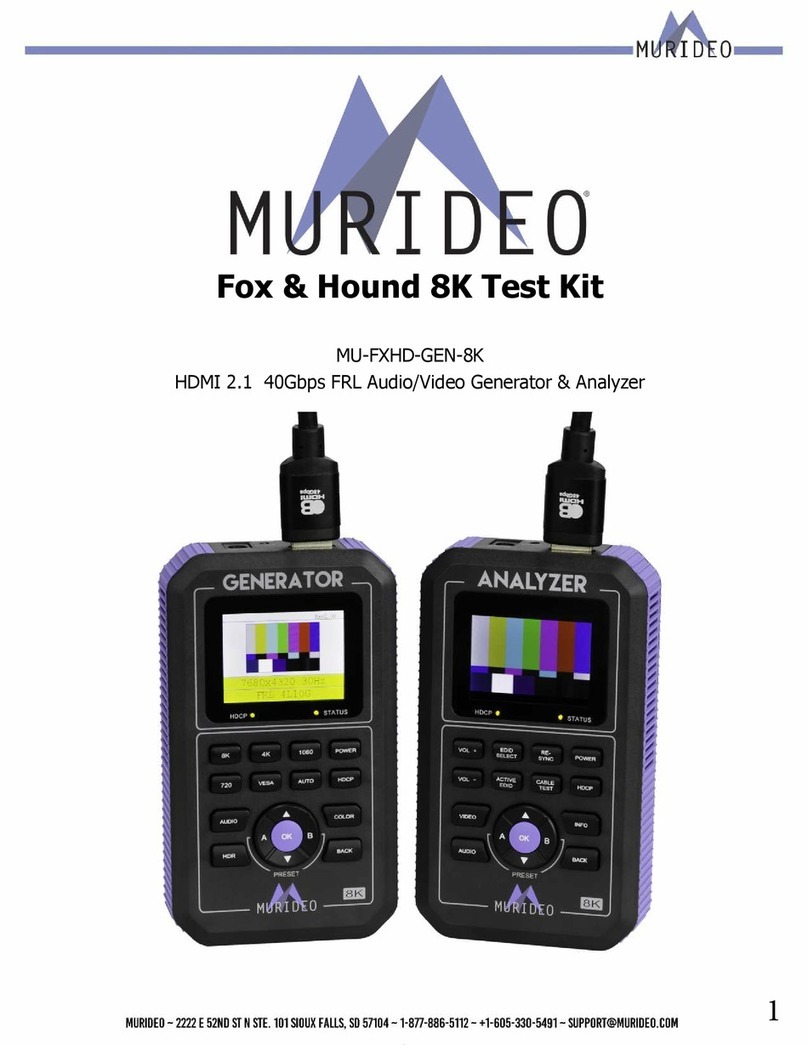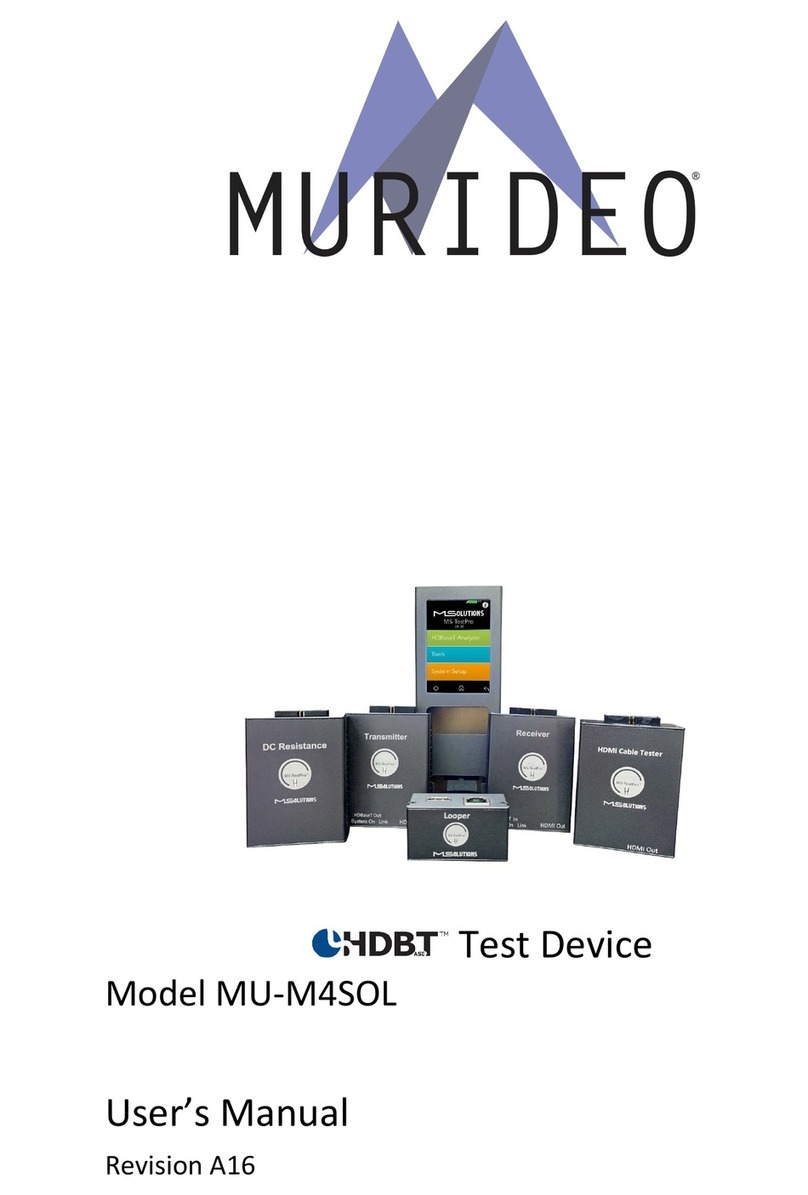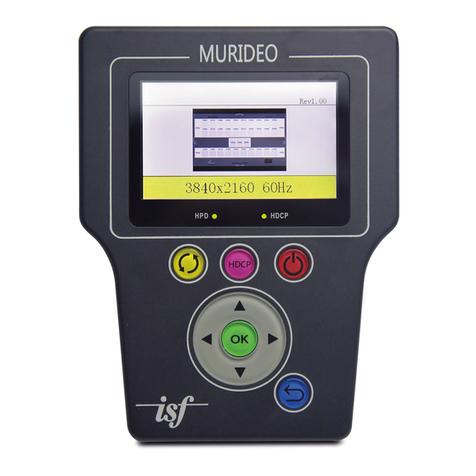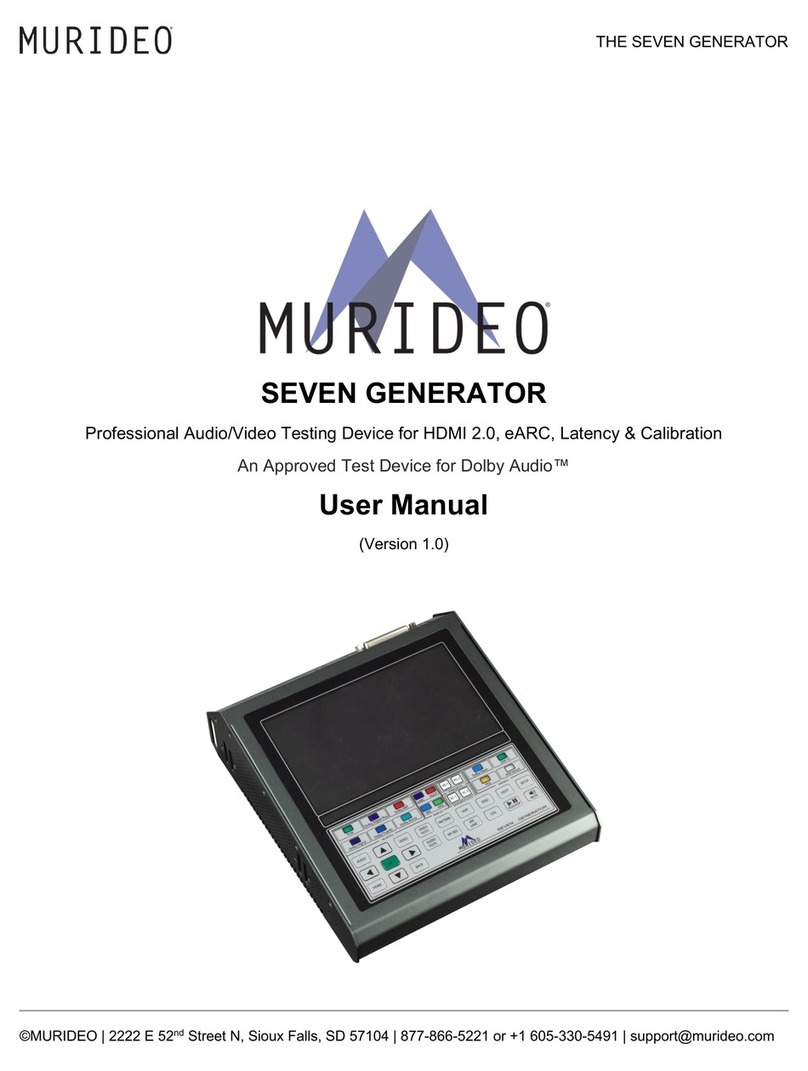
Page 2 of 45
Call the AVPro Team at –North America 877-886-5112 International +1-605-27 -6055
Important Safety Information
• Follow all instructions
• Use only a dry cloth to clean
• Use caution not to block side vents on unit
• Indoor use only: To reduce the risk of electric shock, do not use near water or expose to
rain or moisture. Keep away from excess moisture
• Do not use near heat sources such as room heaters, hot A/V equipment
• Read all warnings
• Use only accessories provided by Murideo
• Unplug the device during lightning storms or when unused for long periods of time
• Keep away from open flames
• Protect all connected cords including power cords from being pinched, compressed, and
stepped on
• Do not open the case. All servicing should be done only by qualified and approved service
personnel and will void the warranty.
• Electrical Input Rating: Power over 5V/DC 700mA. Caution: Use only the supplied AC/DC
Adapter
• Operating temperature range: e.g. 0 to 0C.
• For charging use the provided 5V/ DC 3A supply only
• To disconnect power sources, remove the AC/DC adapters from the wall outlets.
Attention:
1. In order to protect your SIX-G and complete system under test from possible damages,
please don't turn on the SIX-G power switch before generator Output is attached to
tested device (repeater, video processor or display) input.
Please make sure that system under test is completely powered off before you insert or
extract HDMI cable to any of involved devices.
2. Please insert and extract HDMI cables from your SIX-G gently and with high level of care.
3. During Hot-Plug between HDMI connector and receptacle (when tested device is On) ESD
discharge can occur due to the potential differences (possible ground -loop) between
powered equipments. These potential differences can be on extremely high level.
Our Fresco SIX-G HDMI output is protected against ESD discharge till 7KV on all active
HDMI lines, but in case if massive discharge will be over that value, will cause serious
damage to SIX-G internal circuitry and can make SIX-G HDMI output completely
inoperable. We have sophisticated methods to measure directly on High voltage
protection chips evidences of such unwanted ESD event, but unfortunately, that will
automatically void SIX-G warranty. In your own interest please pay full attention and
prevent your workplace from occurrence of ESD by trying to create Static-safe working
environment.

































